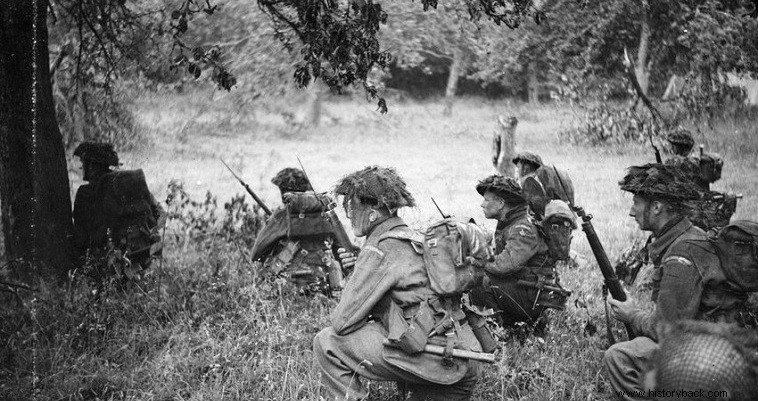
The fighting around the city of Caen in Normandy began immediately after the landing of the Allied forces. British and Canadians attempted to capture the city immediately but failed. However, the Germans also failed to expel the opponents from the territory that the latter had occupied.
Despite the successful counterattack of the German counterattack the commander of the British 2nd Army General Dempsey still feared a strong German action against his forces. But the German Panzer Divisions (Panzer Divisions) he knew were facing him had gone into battle individually and were already too badly bruised to be a force capable of turning the tables. They were, of course, always a dangerous opponent, but their capabilities were now limited exclusively to defense and local ventures.
In this light, marshals Rommel and von Runstedt, in charge of the Normandy front, explained the situation to Hitler and suggested a limited retreat of their forces. As expected, Hitler rejected the proposal and ordered resistance to the end. Hitler also dismissed von Runstedt and replaced him with Field Marshal von Kluge.
New British attack
In the meantime, the British commander Montgomery decided to attack the city so that he overturned his plans not by maneuvering but by taking advantage of the incredible superiority of his forces in numbers and firepower. Operation "Charnwood" as was the code name of the attack, was assigned to the British I Army Corps (SS), under Lieutenant General Crocker, whose strength reached 115,000 men.
The brunt of the attack would be borne by the Canadian 3rd Infantry Division (IDF), the 59th Infantry Division and the British 3rd Infantry Division. The 51st MP was also available. The attack would be supported, as usual, by artillery, ships and air force with the addition, this time, of heavy bombers in a tactical role!
The Germans had fortified the whole area north of Caen having built anti-tank ditches, laid extensive minefields and organized heavy gun and artillery emplacements. The fortified defense zone of the Germans was 4 km deep and extended to the villages and suburbs of the city which had been turned into strongholds.
The German front held, to the west, the LXXXVI SS with the 16th MP of the Luftwaffe and the 21st MPa and to the east the 1st Tank Army Corps (SS) of the SS with the 12th MPa SS (Hitlerjugend =Hitler Youth) , the 7th Rocket Launcher Brigade and elements of the 1st MPa SS. Also deployed in the area was the III Anti-Aircraft Corps equipped with 88 mm guns.
Opening the gates of hell…
The attack was scheduled to begin at first light on July 8. The night before the attack, RAF heavy bombers would bomb the German-held area with a safety limit of 6 km from the first British positions. The decision to bomb could not be called particularly intelligent anyway , as in any case the British bombs would not hit the area behind the German positions, necessarily, as they were almost adjacent to the British and apparently for security reasons they could not be bombed.
Also the bombing would probably cause casualties among the civilian population, the French inhabitants of Caen and its suburbs that is, and, like the bombings of the 1st WW, it would make the ground on which the British forces would have to advance impassable from the craters and ruins. Nevertheless, the plan was executed normally. On the afternoon of July 7, the bombardment of the German positions by the artillery and guns of the ships - the battleship "Rodney", the monitor "Robers" and the cruisers "Belfast" and "Emerald" began.
A little later a thick hum covered even the sound of the shelling. Dense formations of four-engined Lancaster and Halifax bombers filled the sky and within moments the carpet of bombs they unleashed began to flatten what was on the ground. British aircraft bombed relentlessly for an hour alongside the artillery. This was followed by British medium bombers that hit the German positions in depth, isolating the battlefield. Around 23.00 the artillery of the I and VIII SS together with the ships' guns concentrated their shots against the German organized positions.
Supply…
The British 3rd and 59th MPs rushed out before the bombardment really stopped. The 3rd MP easily captured the village of Lebisei, a key support point of the 16th Luftwaffe Division, while the 59th MP advanced west of it towards the villages of Binzoute, Epron, Saint Comtes and Calmanche, which it did not manage to capture. At 0700 on the morning of July 8, 250 American bombers medium and bombed roads and bridges deep in the German position. Dozens of Typhoons and British medium bombers followed, hitting every worthwhile German target.
At 07.30 the Canadian 3rd MP also entered the battle, while the intervention of two armored brigades was also expected. The organic artillery of two entire army corps readjusted their fire in support of the Canadian advance. Despite the heroic resistance of the "Hitlerjugend" grenadiers, the Canadians occupied, until 08.30, the village of Buron, a key support point in the western part of the German location. The Germans counterattacked furiously but failed to recapture the village and lost 13 tanks during the counterattack. The losses of the Canadians and the British were also heavy.
Nevertheless, the attack continued. The village of Otie was captured. Subsequently, Frankevig was also occupied. Finally, the Canadians captured Caprique and its contested airfield and joined the forces of the British 43rd MP which held the front at this point. Kahn was already, essentially, surrounded by 3/4 and had to be considered lost for the Germans. After the capture of Caprique, the Canadians turned directly to the East and attacked the well-fortified German abbey of the Ardennes (Abbey d'Ardenne).
The 25th Grenadier Regiment of the 12th SS SS had its headquarters there, where the Germans had massacred Canadian prisoners on June 7. By the afternoon the Canadians had forced the Germans to retreat inside Can. Thus by the end of the first day of the attack the Germans had cornered both ends of the British I SS attack sector and were holding only in the center of their formation. With both sides exposed, however, the Germans against the 59th MP would not be able to hold on for much longer.
…and victory
During the night and early morning of July 9, the Allied aircraft returned. Gradually the pressure became suffocating for the Germans. The commander of the German 2nd Army Group (OS), Field Marshal Rommel, ordered the withdrawal of all heavy weapons of the three German SS involved in the battle (LXXXVI, I SS, 2 SS). The German infantry and assault engineer were ordered to remain in their positions and defend until pressed by the enemy and then take up positions in the southern part of the city, placing the river Orne between them and their opponents.
The next day the British I SS continued its attack and gradually managed to enter the destroyed city. The Germans continued to hold out in the city's industrial district and steelworks and on the south bank of the Orne.
The battle was particularly bloody. I SS had 3,500 men and 80 tanks out of action. But for the Germans, the battle was disastrous. The 16th Luftwaffe Division lost 75% of its strength, while the 12th SS SS came out of the battle with a strength equivalent to an infantry battalion. Worst of all, more than 1,000 French civilians were also killed, most of them by Allied aerial bombardment.
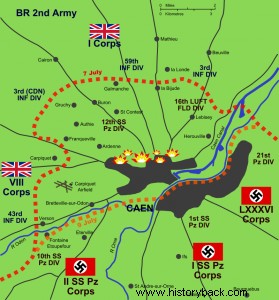
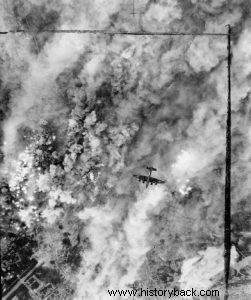
Halifax bomber over burning Kan.
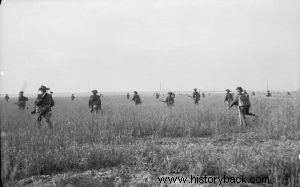
British infantry advance.
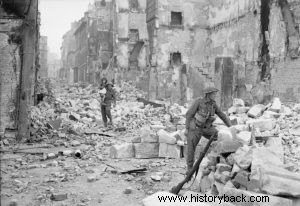
British soldiers rescue a little girl from the bombed Kan.
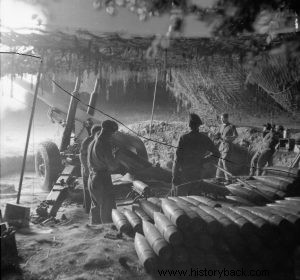
British artillery bombards German positions.
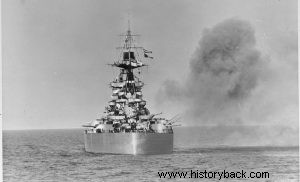
The British battleship Rodney, bombards the Germans.
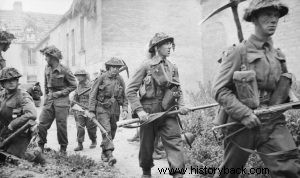
British soldiers in the ruined Kan.
